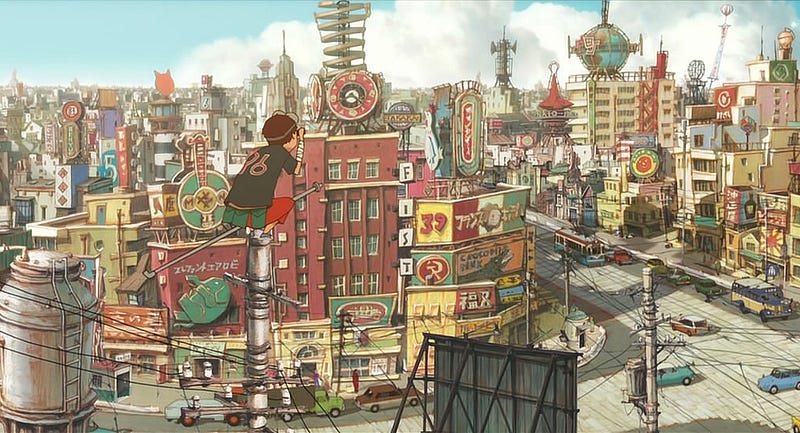The influence of a city is a phenomenal surrounding. Sometimes, I see a resonance and rhythm to it. Wherever, if given close attention, I can sense a vitality nearing consciousness or life of its own. I notice cheers and parades all around: causes and effects. Persisting about my little pastimes in my familiar haunts, I try to quietly yield and observe the outcome of nature’s endless war with the cracks in the concrete, the beauty in it all. Over time, I grow to distinguish relations between them: I learn they are one and I with them. Like the indirect light of the moon from the closest star to the ebb and rising of tides. Or the hue of plant leaves in every season.
My contentment, at times, relies on their courtships as they dance through their phases, calmly sifting less through their differences and embracing the unity and qualia of anticipation for that future next, which arrives into a present now, and fades into the past then. I see patterns and might unknowingly seek comfort in their background familiarity, influencing my thoughts quietly and creating subtle expectations within what I often take for granted. When out of balance, the pendulum swings in the goal to be still. To me, It’s the same as when Yakuza member Suzuki, aka Rat, says to Kimura: “Birth signals the arrival of death…most important, love your wife and child. Because all you need is love.”
It’s difficult to begin describing how beautiful, visually stunning and emotionally resonant Taiyō Mausumoto’s manga Tekkonkinkreet is. It’s almost ineffable for me. Adapted into anime by Studio 4°C and directed by visual effects artist Michael Arias, an anime of its caliber I don’t often find. You can almost tell from every frame that the film must have been a passion project for those involved, and it was. It surprises me with something new I hadn’t noticed before every time I’d watch it. The depth and nuance in the story and its characters are splendorous.
In the plot, all are consumed by a struggle to subdue and bend to their will the island of Treasure Town (with one exception of an old sage and homeless veteran named “Gramps”). Treasure Town is a fictional island where Matsumoto intended it to look like a place where old and new Tokyo of the 1980’s collide and mix with other Western and multinational influences. Located there is an amusement park called “Kiddie Kastle” run by the Yakuza. While Yakuza are vying for greater control of Treasure Town to expand and gentrify the area, increasing their wealth and power, there are many other groups intent on holding them at bay to remain secure their own little piece of Treasure Town turf. Some are just trying to keep familiar the only place they’ve ever known, and this is where our main characters come in.
Among the streets and living underneath the highway in an old run down Subaru 360 are the two homeless children protagonists, Black and White. We follow them as they live about the town subsisting on the Dickensian enterprise of pickpocketing. Their hard-knock life contrasts dramatically with the grand transitory cosmopolis they inhabit, and there is so much visual representation to emphasize this conflict between two very different existences. Treasure Town is seen as a place of persistent development while Black and White eke by within it, domiciled in an unmoved and broken down car. Despite their young struggle, they thrive in themselves by the power of their unity, imagination and dreams.
If you love exceptional anime that has lots of heart, Tekkonkinkreet is where it’s at. It won many awards for best art direction, best original story, best sound editing, and even a Japanese Academy Prize for best animated film. An interesting fact about the art direction (and what I think additionally makes Tekkonkinkreet a visual masterpiece) is that the majority of every frame was hand painted, only after that were the digital visual effects added to bring its immersive quality to life. And the character design animation aimed to hearken back to Matsumoto’s original manga in a way that is so unique and of its own. It arose at a unique time for manga and anime. There aren’t many anime like it, maybe a handful.
-----------------------------------------------------
JEFFREY WELLS | Writer
POP-COOLEDTURED SPECIALIST
cooledtured.com | GROW YOUR COLLECTION


 HELP
HELP SIGN IN
SIGN IN CART
CART



